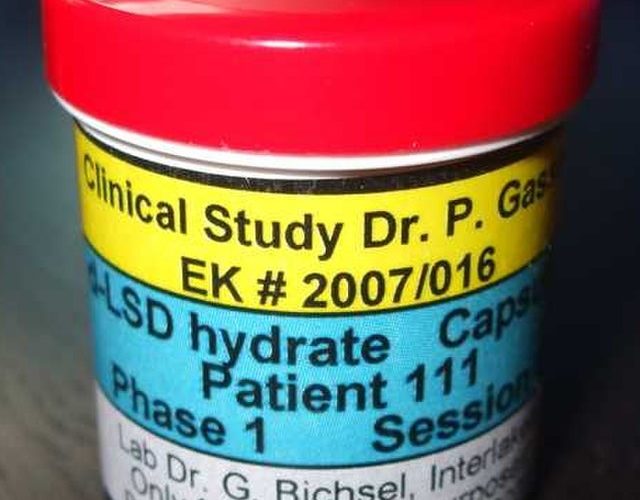The world’s first Phase One clinical trial investigating the microdosing of LSD showed promise.
During our recent adventure to Microdose’s Wonderland festivities in Miami, we were hit with a mountain of data from another massive year in psychedelic science. Still, MindBio Therapeutics’ clinical work with LSD microdosing was undoubtedly among the most fascinating.
For those not in the know, the clinicians who conducted the research define microdosing as the repeated administration of psychedelics, such as lysergic acid diethylamide (LSD) or psilocybin, in doses below the threshold for overtly altering perception.
Why would researchers want to look into this? Because it’s all the rage of course. But as the trend continues to blow up, science is yet to back a variety of microdosing claims. Even more so in regards to LSD than the very popular and more accessible psilocybin mini trips.
Back in May, MindBio Therapeutics’ parent company Blackhawk Growth noted at the completion of the trial MindBio was still the only organization in the world to have successfully obtained government approvals for a doctor to prescribe LSD to patients to take the drug unsupervised in the community.
“In the same way they would take any other medicine,” the company noted.
The study was led by the University of Auckland. Associate Professor Dr. Suresh Muthukumaraswamy was among those who presented the findings to their psychedelic peers in Miami. Here is a breakdown of the protocol they used.
After finishing the trial in late spring, MindBio would comb through the data collected from 80 participants from over the course of 12 months and 1,102 microdoses. The daily questionnaire showed credible evidence of increased ratings from participants in energy, wellness, creativity, happiness and connectedness on the dose days. The actual doses were 14 ten micrograms of LSD.
A usual dose when you’re looking to have a deeper experience is about one microgram per kilo of body mass. So the 10 microgram dose is enough to get someone that weighs 22 pounds to trip hard. That being said, the first doses were administered under supervision. Once everything was found to be OK, the trial participants administered the rest of the doses at home on their own.
Sometimes the doses had a bit more kick than the participants expected, but most of the time it was not enough to be an issue,
“Many of those surveyed reported experiencing these effects at least once, but few reported them occurring after every dose. Other reports note that negative effects are largely acute and rarely persist in the long term,” the researchers wrote.
There were incidents of adverse events. The number of people in the LSD control group who experienced jitteriness was nearly one in three. While in the placebo group, 7.5% of participants claimed the same thing just at the idea they might have just taken LSD.
But again, the positive results far outweighed a little bit of jitteriness. MindBio was already planning the Phase Two clinical trials well before they released the data. They are hard at work in their attempt at becoming the first to commercialize a psychedelic microdosing regimen.
“We are proud of the incredible work of our scientific team and the completion of this great milestone as we head toward developing game-changing treatments for mental health conditions,” said Frederick Pels, CEO of Blackhawk.
Advertising disclosure: We may receive compensation for some of the links in our stories. Thank you for supporting LA Weekly and our advertisers.

